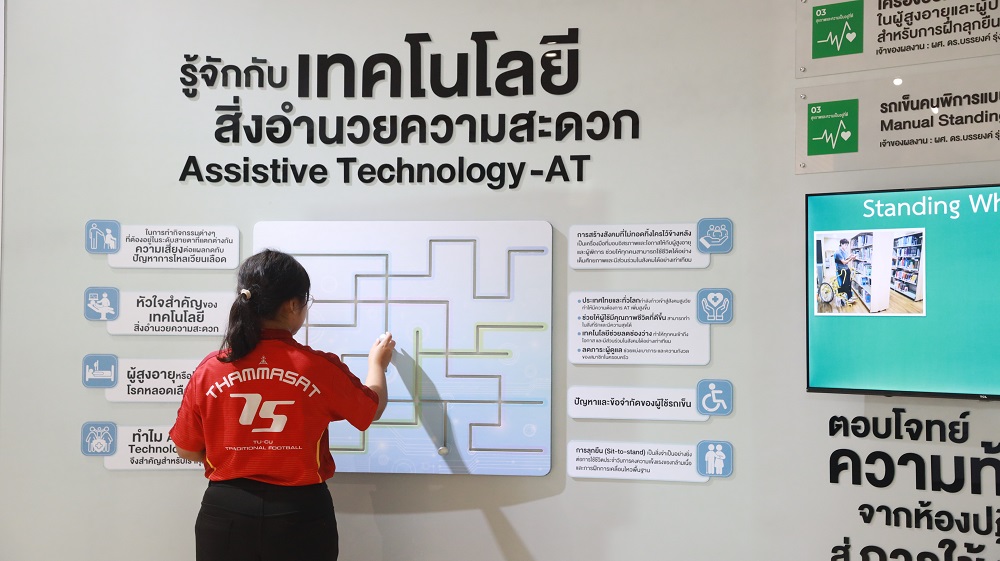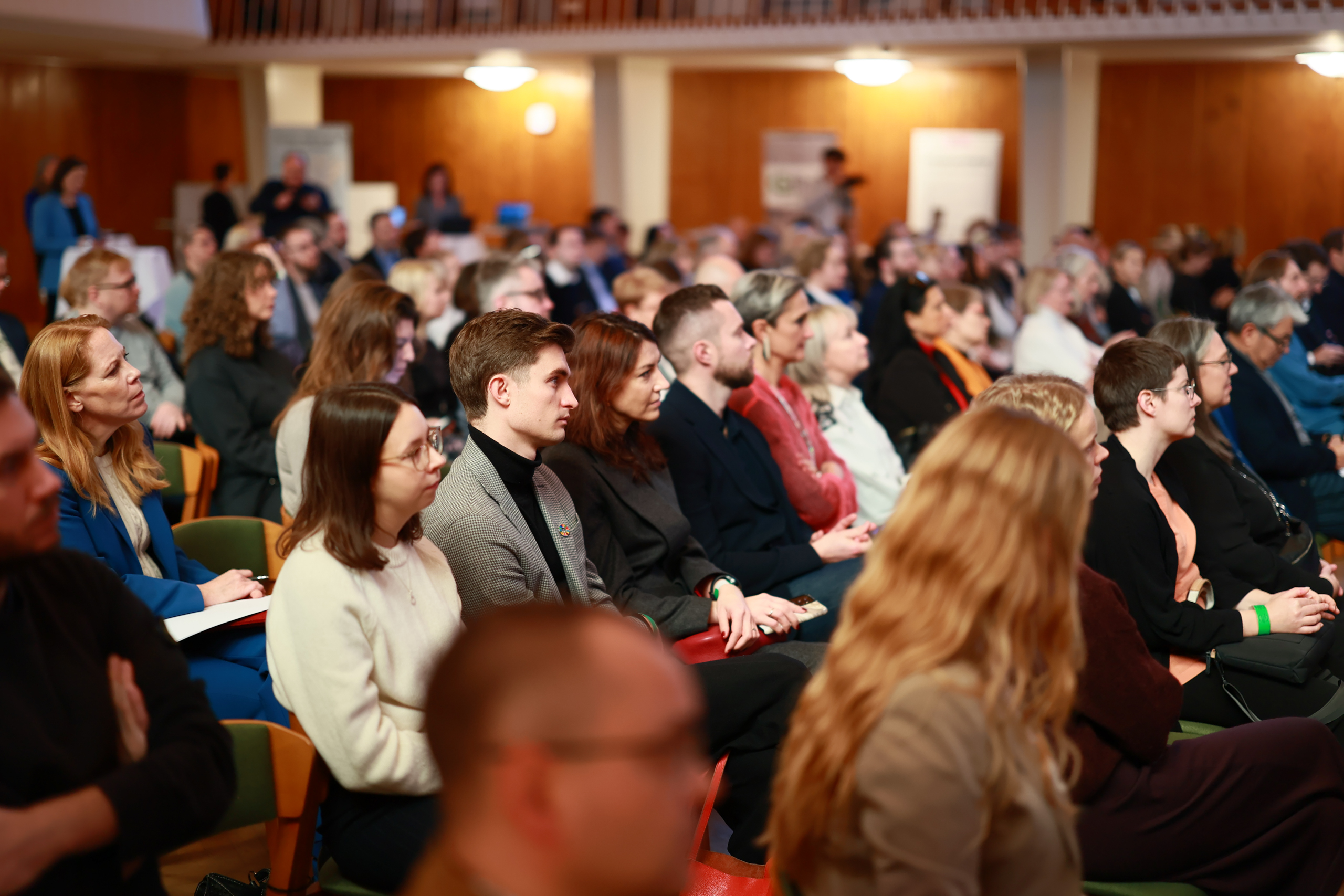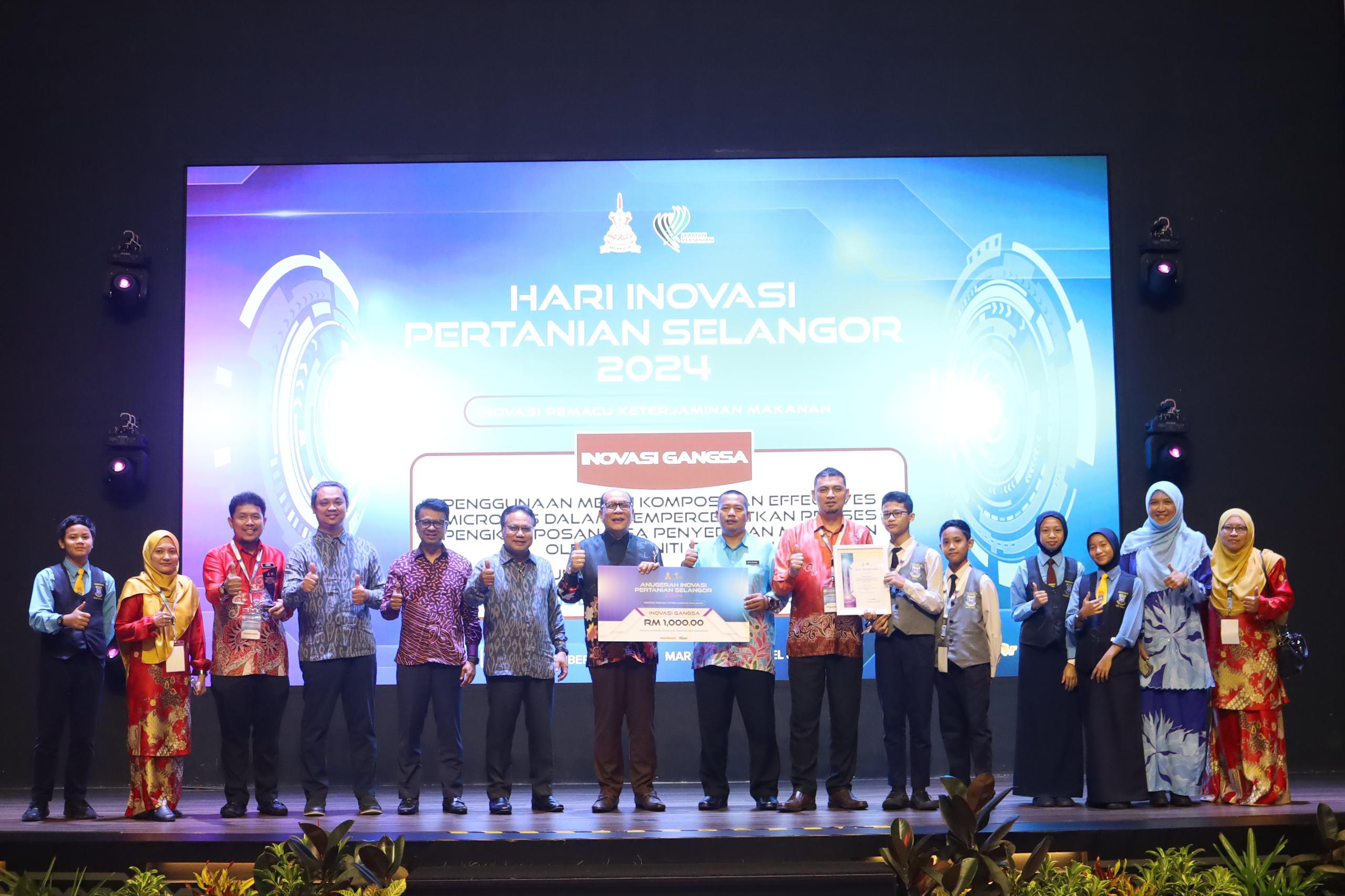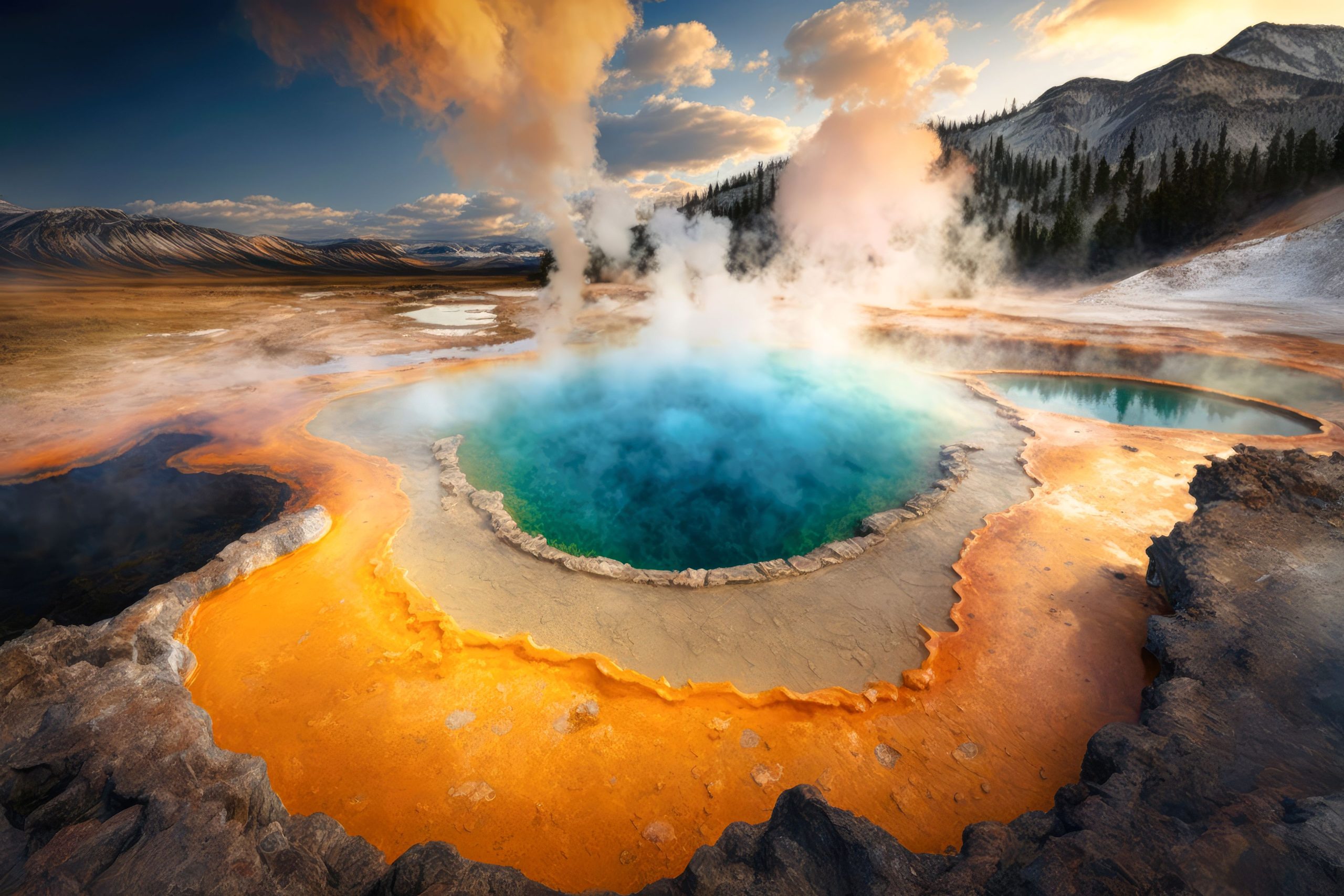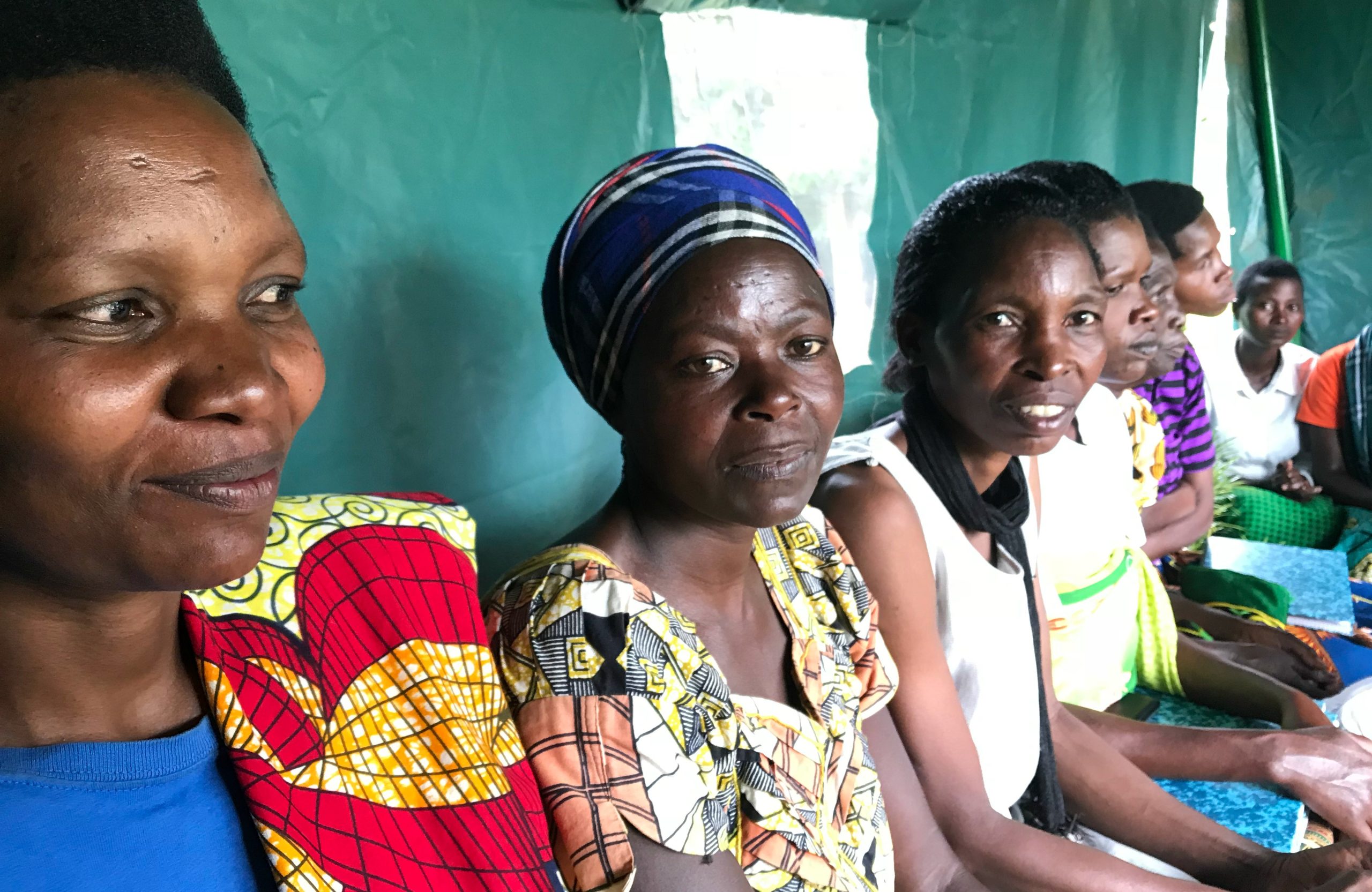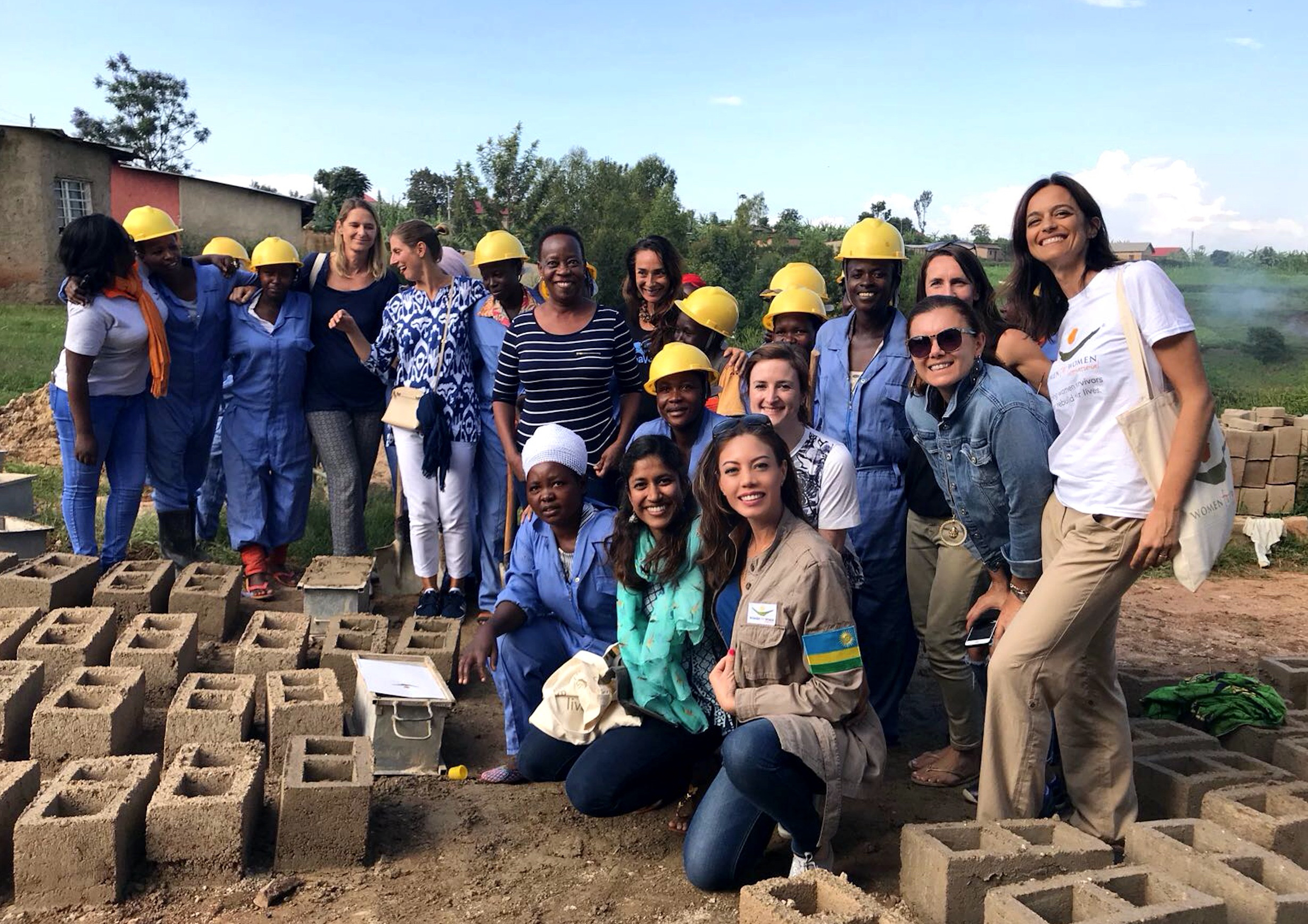As our planet gets hotter and hotter, industries around the world are setting targets to achieve carbon neutrality, and higher education is no exception. For some universities, this means exploring ways to tap geothermal energy – heat from the ground – to tackle their heating and cooling needs, which traditionally account for a huge chunk of energy consumption in buildings.
Though this might sound high-tech, these initiatives are just the latest step in a centuries-old tradition. Humans have been making use of the energy under our feet for thousands of years. Archaeological evidence suggests that some indigenous groups in North America were using geothermal energy for cooking at least 10,000 years ago, while the Ancient Romans used geothermal energy to heat their baths and homes. Meanwhile, the earliest documented geothermal district heating system dates all the way back to 14th-century France.
Today, many campuses are leveraging geothermal energy for their heating and cooling needs, in ways that are much more efficient and often cheaper to run than the fossil-fuelled systems they replace.
To dig a little deeper into the issue, QS Insights Magazine spoke to researchers, advocacy groups and industry players, to get their takes on how institutions are making use of geothermal energy systems and what impact this might have on their carbon reduction efforts.
Geothermal, geoexchange: what’s the difference?
“Let’s just say that there are lots of words that sometimes get used to mean more or less the same thing in this space,” Fleur Loveridge, Professor of Geo-Energy Engineering at Leeds University in the UK, tells QS Insights Magazine.
Take “geothermal energy”. Basically, this is when you get any thermal energy, such as heat, from the ground. But this can be at quite a lot of different depths, says Professor Loveridge, ranging from shallow depths, where the heat is actually a relatively low temperature. around 12°C, to quite deep, where the heat can be elevated to 80°C, for example.
The types of systems that campuses are generally deploying operate from the shallower depths of the ground, as opposed to deep geothermal energy. Deep geothermal energy for electricity, where water is hot enough to produce steam to drive turbines is possible, but needs specific geological conditions for this to be applicable, and it’s unlikely to be done at only a campus scale, according to Professor Loveridge.
The various terms that cover the shallower type of geothermal system include “ground source heat pump systems”, “shallow geothermal energy” and “geoexchange” – all effectively the same, according to the academic. “We have large quantities of low-grade, or low-temperature, heat stored in the ground that we can access through geoexchange, shallow geothermal [and] ground source heat pump systems.”
So what are campuses doing?
It might seem counterintuitive, but at those smaller depths under the earth’s surface, temperatures remain fairly constant throughout the year. This means it can be cooler or warmer compared to air temperatures above ground, and this characteristic can be used to help cool and heat homes and other buildings.
Take the example of Oxford Brookes University, which back in 2022 announced the installation of a new geoexchange heating system, in what it said was a first for a UK university.
“Effectively, we take free energy from the ground,” says Gavin Hodgson, Decarbonisation Strategic Lead at the UK’s Oxford Brookes.
Hodgson explains that this is done, broadly speaking, by drilling holes deep into the ground and installing a looped system of pipes, which circulate glycol or another substance (in Oxford Brookes’ case, environmentally friendly vegetable oil), exchanging heat with the ground, and piping it back up to an energy centre on campus. The low-grade energy is fed into a heat pump, which heats or cools it to the desired temperature, ready for transfer where needed.
In some cases, geothermal systems can also act as a storage system for heat – a sort of “thermal piggy bank”. Princeton University in the United States is working on one such system, drilling thousands of geoexchange boreholes to form a closed-loop system deep under campus, which takes heat out of buildings in summer and stores this in the ground by slightly warming the rock, and then uses the same boreholes and warmed rock as a heat source for their buildings in the winter.
What are the pros and cons?
There are many positives to these geothermal systems, especially when compared with others such as the gas boiler heating system they’re replacing. Broadly speaking, their greenhouse emissions are lower, they’re much more efficient and are often cheaper to run.
At the moment, Professor Loveridge at Leeds University is helping to investigate a potential low-carbon system on her campus. They’re drilling holes in the ground, eight to be precise, to investigate its thermal and hydrogeological properties, with the aim of eventually designing a system to take some of the university’s buildings off its current steam heating network powered directly by fossil fuels, and putting them on a low-carbon solution instead.
Although upfront costs to installing these systems are higher than for traditional heating and cooling systems, geothermal systems should be cheaper to run, she says, because they have much greater energy efficiency.
A large part of this is due to the use of heat pumps. Geoexchange and shallow geothermal don’t have to operate with a heat pump, says Professor Loveridge, but they usually do, because the depths that they’re sourcing the heat from are quite shallow. “The heat might only be 12°C, which on its own is not very usable; but this is where the magic of the heat pump comes in,” she says.
A heat pump is a device that allows us to transfer energy – it doesn’t generate it, explains Professor Loveridge. You put in a small amount of electrical energy, and it increases the temperature to something that would be usable in our heating systems.
“The real beauty of these systems is because it’s energy transfer, not generation, the efficiency is really high.”
In other words, more energy comes out for every unit of electricity put in – something along the order of 3 to 4 units of energy for every 1 unit of electricity put in, far better than the probably less than 1 unit of energy with a traditional gas boiler.
In the case of Oxford Brookes’ system, Hodgson says that at its peak, they’ve seen 4.6 units of energy for every 1 unit of electricity put in.
And of course, carbon emissions are reduced. In a 2022 report on the future of heat pumps, the International Energy Agency (IEA) states that heat pumps reduce greenhouse gas emissions “by at least 20 percent compared with a gas boiler”, even when running on emissions‐intensive electricity. This reduction can be as large as 80 percent in countries with cleaner electricity, it adds.
“Depending on the relative prices of gas and electricity, your running costs should be less,” says Professor Loveridge. “And if you run this using green electricity, your carbon emissions are really low.”
Are campuses particularly suited to using geothermal systems?
There are several aspects to universities which mean they can be well-suited to these sorts of geothermal systems, according to Mike Walters, Principal at US engineering and technical services firm Salas O’Brien. The firm helps plan and implement low/no-carbon solutions, including geothermal systems, for sites such as college and university campuses.
“Higher education campuses are unique in that they are a large group of diverse buildings that are owned by a single entity, which operates with a long-term perspective,” Walters tells QS Insights Magazine via email.
“Beyond the long-term thinking that guides much of higher education decision processes, these campuses simply have natural advantages for geoexchange,” he adds. “Many (not all!) have large footprints: available land area in the form of parking lots, recreational fields or even future building construction sites where geoexchange systems can be constructed.”
When asked whether demand had gone up in recent years, Walters says demand for geoexchange systems “steadily increased” in North America over the last 20 years, while the firm has seen activity shoot up more recently.
“We’ve seen a dramatic increase in the desire for these systems in the last five to seven years, and an intense spike in activity since the US federal government passed significant incentives as part of the Inflation Reduction Act,” he says.
This increased demand is borne out not just in the increased number of geoexchange projects, he adds, but also in their scale. “Our average project size has gone from relatively small geoexchange systems comprised of a few dozen vertical bores, to systems that are 150 to 400 bores in number.”
Does all this make a difference? What impact do universities actually have?
Compared to other sectors, higher education isn’t really one of the top primary source carbon-emitting industries in itself. But this doesn’t mean that the sector is insignificant.
“Higher ed matters [not because of] its carbon footprint, but its educational footprint,” says Julian Dautremont, Director of Programs at the Association for the Advancement of Sustainability in Higher Education (AASHE), an organisation in the United States which pushes for colleges to take the lead in sustainability issues.
“All the people who go through higher education end up being the key decision makers that drive whether we stay on an unsustainable path, or we get on a more sustainable path,” he says. “So, it has incredible impact in the knowledge, skills and values that it helps develop in its students.” And students have also shown interest in attaining such knowledge. According to QS International Student Survey 2023, over 40 percent of prospective students interested in UK universities are actively researching the institutions’ environmental sustainability strategy and efforts.
In addition, higher education institutions do have real power and influence in their research agendas. “All the renewable energy technologies that we need to figure out how to power our society, those are being developed in part by researchers at higher ed institutions,” says Dautremont. “And so that’s another mechanism through which higher ed can make an outsize contribution.”
And while its carbon footprint may be smaller than the fossil fuel or agriculture sectors, higher education is still a billion-dollar industry, and holds a lot of cultural sway, as Jack Ruane, University League Manager at UK student campaign network, People and Planet, points out.
“Here in the UK, education is one of our largest exports, you could argue – it’s a multi billion-pound industry. We have a long tradition of having universities at the centre of towns, a lot of our universities are integral and central parts of towns and cities. They’re places that numerous stakeholders interact with every day,” he tells QS Insights Magazine. “It’s because of that importance really for so many different stakeholders that I think universities are a very fertile place for behaviour change to take place.
“When universities make a stand on an issue, it can be very powerful,” he adds. “It can really make a bold statement about what the academic community is saying is right or wrong.”
Similarly, Hodgson at Oxford Brookes agrees that it is important for universities, which often have a high standing in their local communities, to be showing leadership. “If universities don’t progress with decarbonisation, then other smaller companies, all of our supply chains and so forth, won’t follow suit,” he says. “It’s very important that we show leadership on it and positive action.”
As a sector, is higher education doing enough?
It’s hard not to feel the spectre of climate change. Earlier this month, the European Union’s climate monitor announced that global mean temperatures had, for the first time, breached a key 1.5°C threshold across an entire year.
It’s also important to bear in mind the bigger picture – operations of buildings as a whole account for around 30 percent of global final energy consumption, according to the IEA, and space and water heating account for almost half of global energy use in buildings.
Meanwhile, at the launch of last year’s Intergovernmental Panel on Climate Change (IPCC) report by the world’s leading climate scientists, United Nations Secretary-General António Guterres warned: “This report is a clarion call to massively fast-track climate efforts by every country, and every sector and on every timeframe.”
In the face of all this, what more should higher education as a sector be doing? Perhaps, as Dautremont says, it’s not really a question of quantity, but of timing and pace.
“It’s not so much ‘more’ as ‘quicker’, I think is the name of the game,” he says. “The scientific authorities are calling for bigger reductions than I think campuses are on track to make. So that’s to me the big picture.
“The specific strategies that institutions use to reduce their emissions are going to be pretty context-specific. But it does seem like we need to step up our game, and be faster about it.”
Read more articles like this from QS Insights Magazine, Issue 14.




